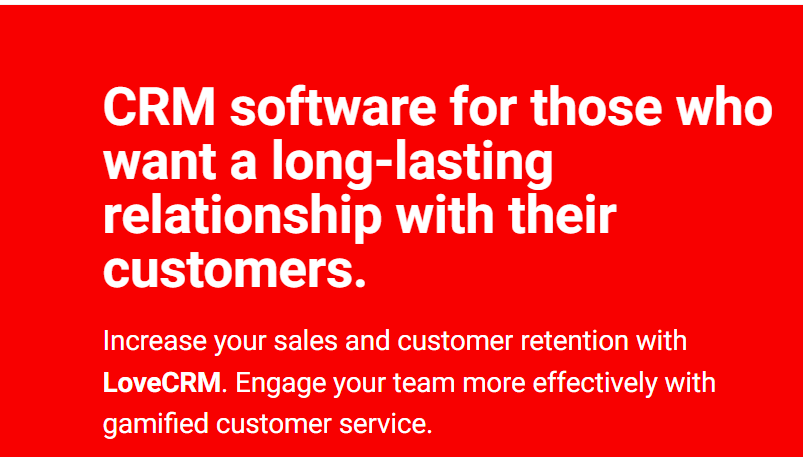In today’s competitive business landscape, effective customer management is the cornerstone of sustainable growth. It’s not just about making a sale; it’s about building lasting relationships that foster loyalty and advocacy. This blog article will delve into the key strategies for mastering customer management, ensuring that your business not only attracts but also retains a dedicated customer base.
1. Understanding Your Customers
The first step in effective customer management is understanding who your customers are. This involves:
- Segmenting Your Audience: Divide your customer base into distinct groups based on demographics, buying behavior, and preferences. This allows for more targeted marketing efforts.
- Collecting Customer Data: Utilize tools like CRM systems to gather and analyze data on customer interactions, preferences, and feedback.
- Creating Customer Personas: Develop detailed profiles of your ideal customers to better tailor your products and services to meet their needs.
2. Personalizing Customer Interactions
Personalization is key to making customers feel valued and understood. Strategies include:
- Personalized Communication: Address customers by their names and tailor messages to their specific interests and needs.
- Customized Offers: Provide special offers and recommendations based on previous purchases and browsing history.
- Automated Follow-ups: Use automated email sequences to follow up with customers after purchases or inquiries, ensuring continuous engagement.
3. Providing Exceptional Customer Service
Great customer service is crucial for maintaining customer satisfaction and loyalty. Focus on:
- Training Your Team: Ensure that your customer service team is well-trained, knowledgeable, and empathetic.
- Multi-Channel Support: Offer support through various channels, including phone, email, live chat, and social media.
- Proactive Problem Solving: Anticipate potential issues and address them before they escalate, showing customers that you are proactive about their needs.
4. Leveraging Technology
Technology can significantly enhance customer management efforts. Consider:
- CRM Systems: Implementing a robust CRM system to streamline customer data management and improve communication.
- AI and Chatbots: Using AI-powered chatbots to provide instant responses to customer inquiries and support.
- Data Analytics: Employing data analytics to gain insights into customer behavior and preferences, enabling more informed decision-making.
5. Building Customer Loyalty Programs
Loyalty programs can incentivize repeat business and strengthen customer relationships. Key elements include:
- Rewards and Incentives: Offer rewards for repeat purchases, referrals, and social media engagement.
- Exclusive Offers: Provide members with exclusive discounts, early access to new products, and special events.
- Regular Engagement: Keep loyalty program members engaged with regular updates, personalized offers, and meaningful interactions.
6. Gathering and Acting on Feedback
Customer feedback is invaluable for continuous improvement. Focus on:
- Soliciting Feedback: Regularly ask for feedback through surveys, reviews, and direct interactions.
- Analyzing Feedback: Use customer feedback to identify trends, pain points, and areas for improvement.
- Implementing Changes: Act on feedback by making necessary adjustments to your products, services, and customer experience.
7. Measuring Customer Satisfaction
Regularly measuring customer satisfaction helps track the effectiveness of your customer managementstrategies. Techniques include:
- Net Promoter Score (NPS): Measure customer loyalty by asking how likely they are to recommend your business to others.
- Customer Satisfaction Score (CSAT): Gauge customer satisfaction with specific interactions or overall experience.
- Customer Effort Score (CES): Assess how easy it is for customers to do business with you, from making a purchase to getting support.
Conclusion
Mastering customer management is an ongoing process that requires dedication, empathy, and the right tools. By understanding your customers, personalizing interactions, providing exceptional service, leveraging technology, building loyalty programs, gathering feedback, and measuring satisfaction, you can create lasting relationships that drive long-term success. Remember, happy customers are your best advocates, and investing in their satisfaction is investing in your business’s future.





